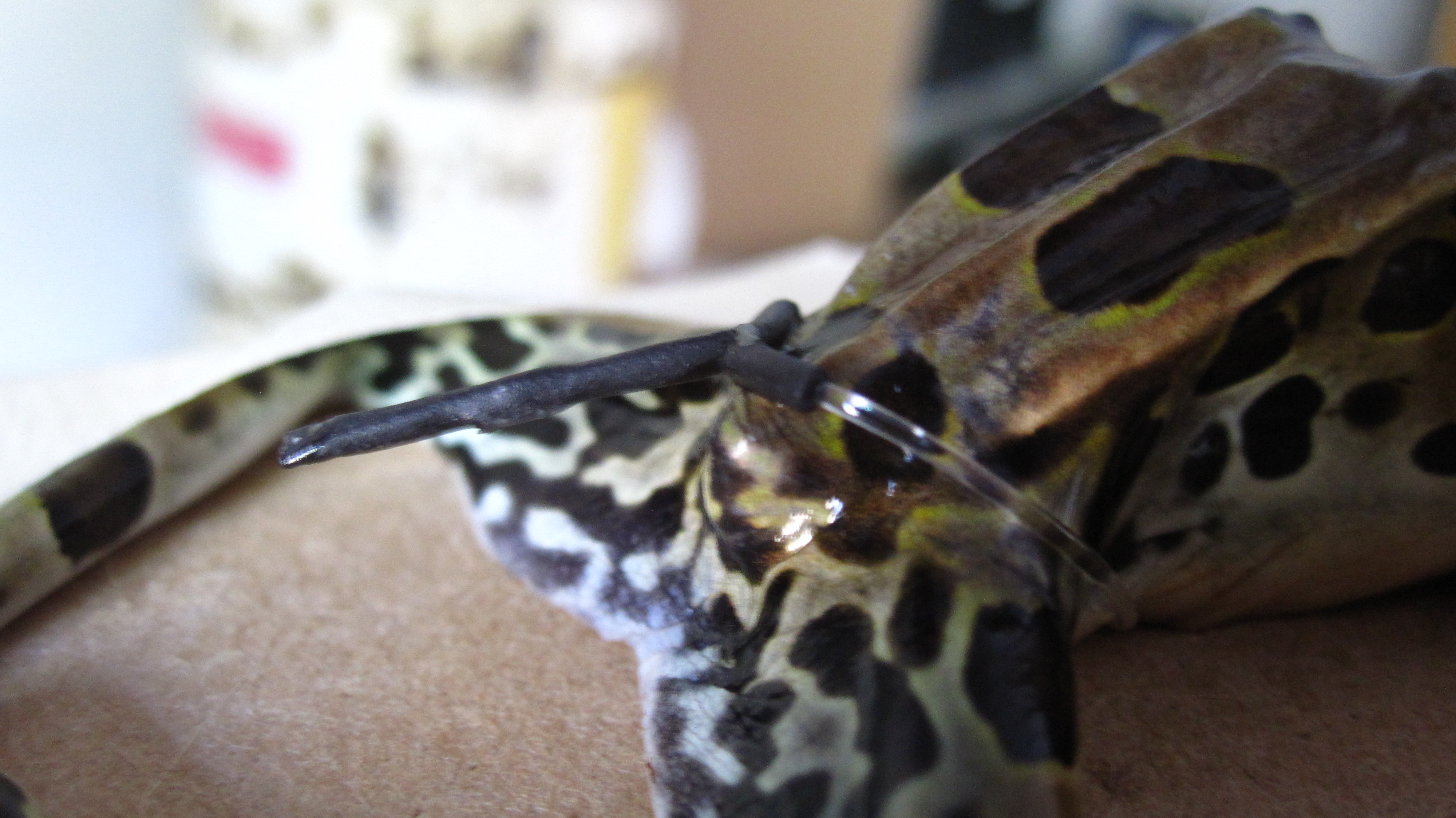Harmonic Radar for Tracking Frogs
University of Maine Summer 2012
Wood frogs populations are declining in Maine woodlands and researchers believe it is due to increased strip cutting in the region. Wood frogs are born in vernal pools, but migrate to neighboring pools for reproduction. Strip cutting changes the terrain -- potentially making it more difficult for juvenile wood frogs to make this trip. To verify this hypothesis, my project was to develop a radar system to track wood frogs over a period of time. I worked with the Electrical and Computer Engineering department in conjunction with the Ecological sciences department at the University of Maine under Dr. Nuri Emanetoglu and Dr. Herbert Aumann.
Because the juvenile frogs are so small (the size of a top joint of your index finger), tracking them is difficult. Larger mammals can use battery-powered GPS-based tags. But passive tags (powered by an incident signal) are needed for these amphibians. In harmonic radar, the incident signal is broadcast, hits the passive tag, which performs a full-wave rectification, and then reflects a signal at twice the frequency. The reflected signal can be seen without interference reflections of the incident signal.
I built a handheld radar system that served as a proof of concept for a system to be developed later when more funding became available. The system was built using a deconstructed weed wacker as the handle and power source and recycled RF components for signal generation and filtering. The system was calibrated for maximum overlapping beamwidth between the transmitting and receiving antennas and then tested with an output signal of 1 watt (due to FCC regulations).
Due to non-ideal hardware, power output limitations, environmental losses (water attenuated the signal), and the losses from the passive tag, the tracking range was insufficient at around 15 feet. I developed signal processing algorithms to improve the range by encoding the transmitted signal and recovering the received signal from beneath noise using correlation. This was not verified on the system, but was shown to create a signal processing gain using separate test hardware.
Throughout the project, I was responsible for building the radar system, building the tags, testing the performance of the system, and developing two different signal processing algorithms (amplitude modulation and frequency shift keying). I was awarded best presentation at the REU: Sensors conference at the end of the summer.
Recognition



